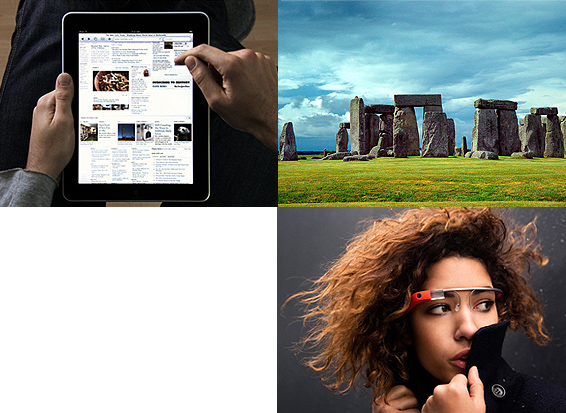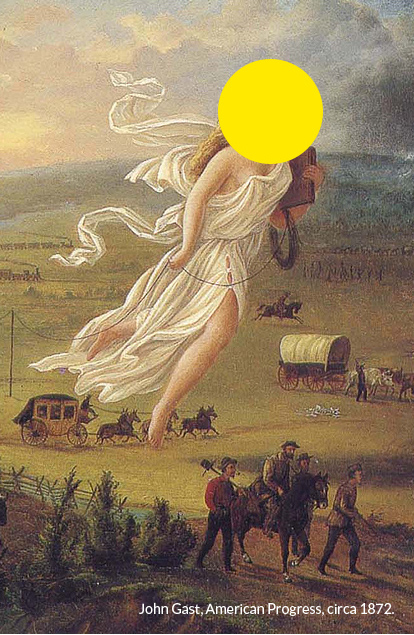Summary
The artes liberales interdisciplinary course is available in the first- and second-cycle studies system.
Advancing civilizational development has to be coupled with education that takes into account many areas of modern-day reality which can be understood thanks to different interdisciplinary methods, techniques and tools. Innovation and creativity are the result of blending the classical knowledge canon with the ability to identify and evaluate trends that are of key importance in our times: in culture, science, and business.
That is why the Collegium Artes Liberales (College of Liberal Arts and Sciences) is the only place where you will find out what an iPad has in common with a Greek sacrificial liver or drawings from prehistoric caves with 3D cinema.
Finally, the Collegium is also the only place where you will find answers to questions that yield… just one result in a Google search.
The Collegium, which is a part of the Faculty of “Artes Liberales”, is an exceptional teaching unit of the University of Warsaw. It offers unique degree courses that combine knowledge from the humanities, social sciences, and technical and natural sciences.
 Collegium graduates: Who are they?
Collegium graduates: Who are they?
Students who have completed an artes liberales degree course possess organized and in-depth knowledge about the mind, language and cognitive representation as well as advanced knowledge about the components, manifestations and limitations of human language competence and communicative competence. They know how to study, assess and describe the role of ideas in the lives of individuals and communities. They know the main categories of cultural and artistic output in both a historical and a contemporary approach. They are able to interpret works of art in all sorts of cultural contexts. They have basic knowledge on (legal, economic and other) institutions that organize the functioning of society and determine the empowerment of individuals; they know and understand their historical evolution and are able to see and analyze their relationship to culture.
 Product. Desire. Faith?
Product. Desire. Faith?
Do you have an opinion?
The artes liberales curriculum was developed after several years of preparation involving teachers and experts from the United States. It draws upon the core curriculum of the College of the University of Chicago and the curricula of US colleges of liberal arts and sciences.
Our program is in a state of constant “being in the making”: we change and improve it, working with our American and European partners and with the organizations and foundations that support our activity, primarily the “Instytut Artes Liberales” Foundation, the Association of American Colleges and Universities and the Endeavor Foundation, the Collège de France, the Sorbonne and the École Normale Superieure.
Our program, firmly embedded in the European and American tradition, remains original and distinct. It has shown itself to be attractive and effective for a growing number of people, both in Poland and Europe and across the Atlantic.



